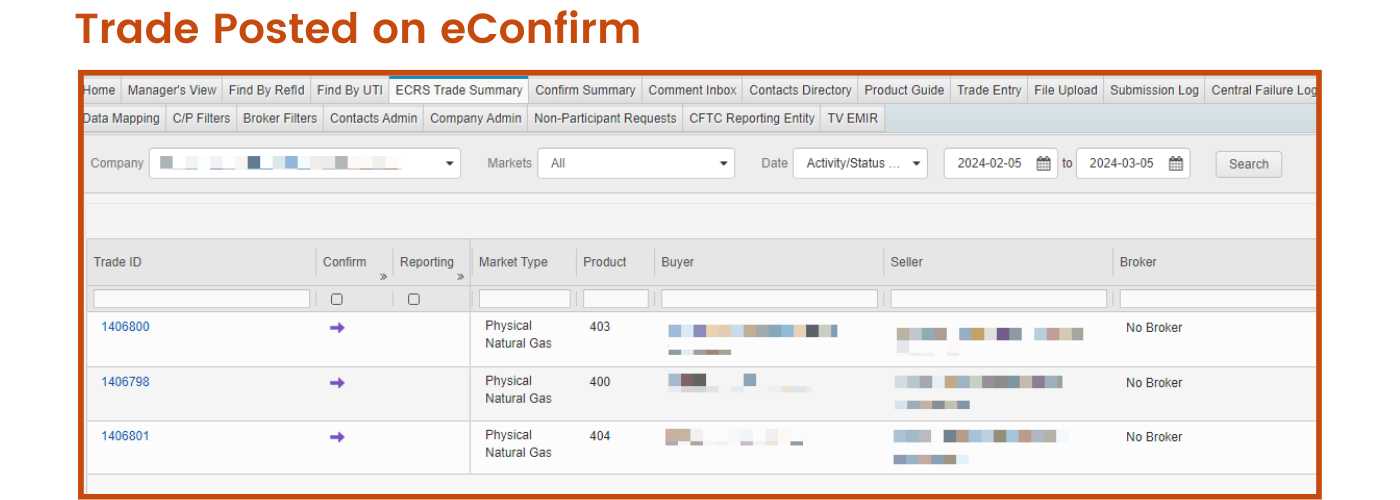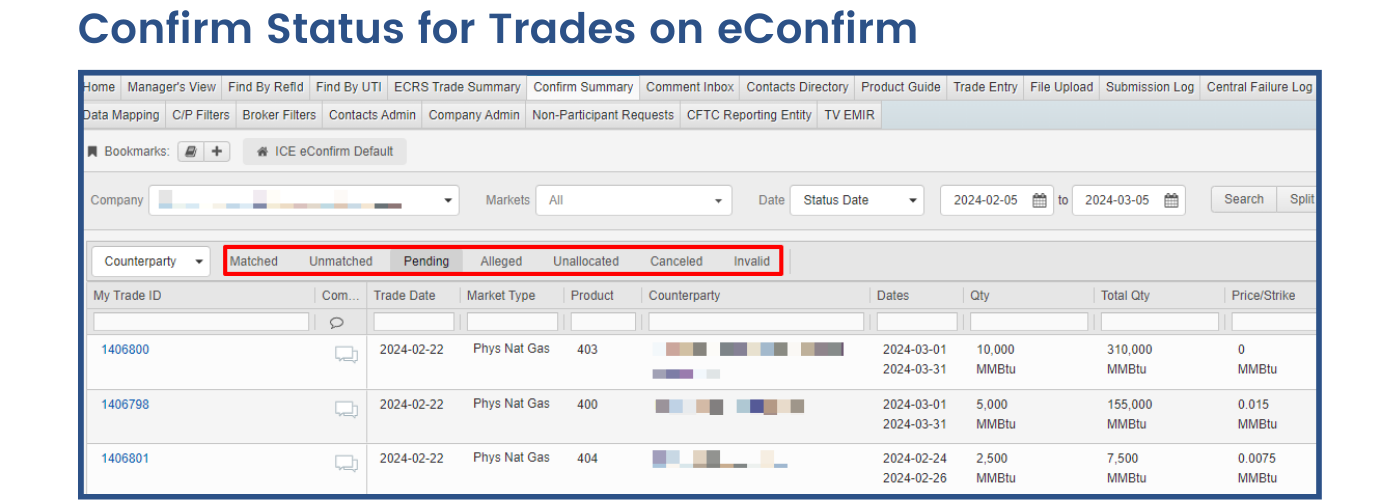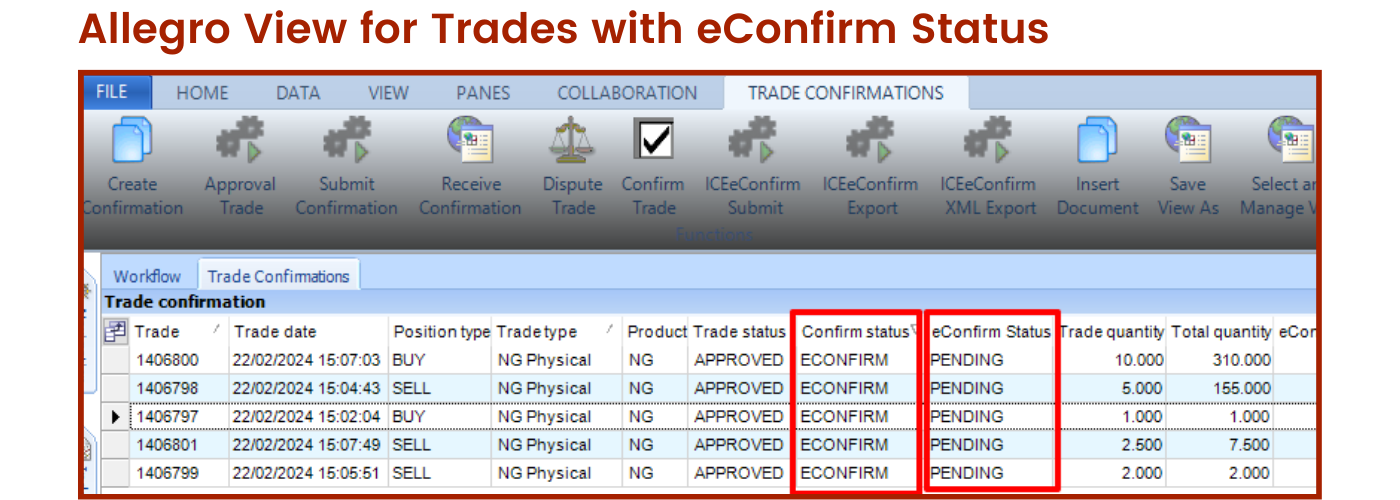- Advisory Services
-
-
Left Col
-
Right Col
-
-
- Solutions
- CTRM
-
-
Left Col
-
Right Col
-
-
- Allegro
-
-
Left Col
-
Right Col
-
-
- RightAngle
-
-
Left Col
-
Right Col
-
-
- Endur
-
-
Left Col
-
Right Col
-
-
- Other CTRM Platforms
-
-
Left Col
-
Right Col
-
-
- ISO
- PCI
-
-
Left Col
-
-
- A2
-
-
Left Col
-
-
- Business Transformation
- Data
-
-
Data Transformation
-
-
- CTRM
- Knowledge Base
-
-
Left Col
-
Right Col
-
-
- LearnSmart
-
-
Left Col
-
Right Col
-
-
- About
- Advisory Services
-
-
Left Col
-
Right Col
-
-
- Solutions
- CTRM
-
-
Left Col
-
Right Col
-
-
- Allegro
-
-
Left Col
-
Right Col
-
-
- RightAngle
-
-
Left Col
-
Right Col
-
-
- Endur
-
-
Left Col
-
Right Col
-
-
- Other CTRM Platforms
-
-
Left Col
-
Right Col
-
-
- ISO
- PCI
-
-
Left Col
-
-
- A2
-
-
Left Col
-
-
- Business Transformation
- Data
-
-
Data Transformation
-
-
- CTRM
- Knowledge Base
-
-
Left Col
-
Right Col
-
-
- LearnSmart
-
-
Left Col
-
Right Col
-
-
- About































